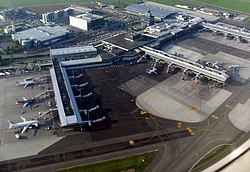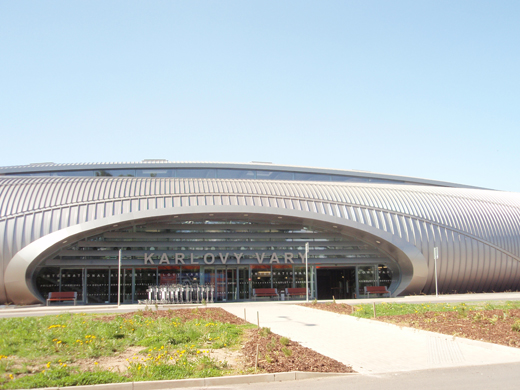|
Prague (/ˈprɑːɡ/; Czech: Praha pronounced [ˈpraɦa] ) is the capital and largest city of the Czech Republic. It is thefourteenth-largest city in the European Union. It is also the historical capital of Bohemia. Situated in the north-west of the country on the Vltava River, the city is home to about 1.24 million people, while its larger urban zone is estimated to have a population of nearly 2 million. The city has a temperate climate, with warm summers and chilly winters. Prague has been a political, cultural, and economic centre of central Europe with waxing and waning fortunes during its 1,100-year existence. Founded during the Romanesque and flourishing by the Gothic and Renaissance eras, Prague was not only the capital of the Czech state, but also the seat of two Holy Roman Emperors and thus also the capital of the Holy Roman Empire. It was an important city to the Habsburg Monarchy and its Austro-Hungarian Empire and after World War I became the capital of Czechoslovakia. The city played major roles in the Protestant Reformation, the Thirty Years' War, and in 20th-century history, during both World Wars and the post-war Communist era. Prague is home to a number of famous cultural attractions, many of which survived the violence and destruction of 20th-century Europe. Main attractions include the Prague Castle, the Charles Bridge, Old Town Square, the Jewish Quarter, the Lennon Wall and Petřín hill. Since 1992, the extensive historic centre of Prague has been included in the UNESCO list of World Heritage Sites. The city boasts more than ten major museums, along with numerous theatres, galleries, cinemas, and other historical exhibits. A modern public transportation system connects the city. Also, it is home to a wide range of public and private schools, including Charles University (Univerzita Karlova v Praze). Prague is classified as an "Alpha-" global cityaccording to GaWC studies, comparable to Vienna, Seoul and Washington, D.C. Its rich history makes it a popular tourist destination, and the city receives more than 4.4 million international visitors annually, as of 2011. Prague ranked fifth in the Tripadvisor world list of best destinations in 2014. Prague is the fifth most visited European city after London, Paris, Istanbul and Rome. International airpoirts: Praha (PRG) 15 km
Karlovy Vary (KLV) 130 km
Munchen (MUC) 375 km
Frankfurt (FRA) 520 km
Wien (VIE) 340 km
|
|
||||||||||||||||||||||||||||||||||||||||||||||||||||||||||










